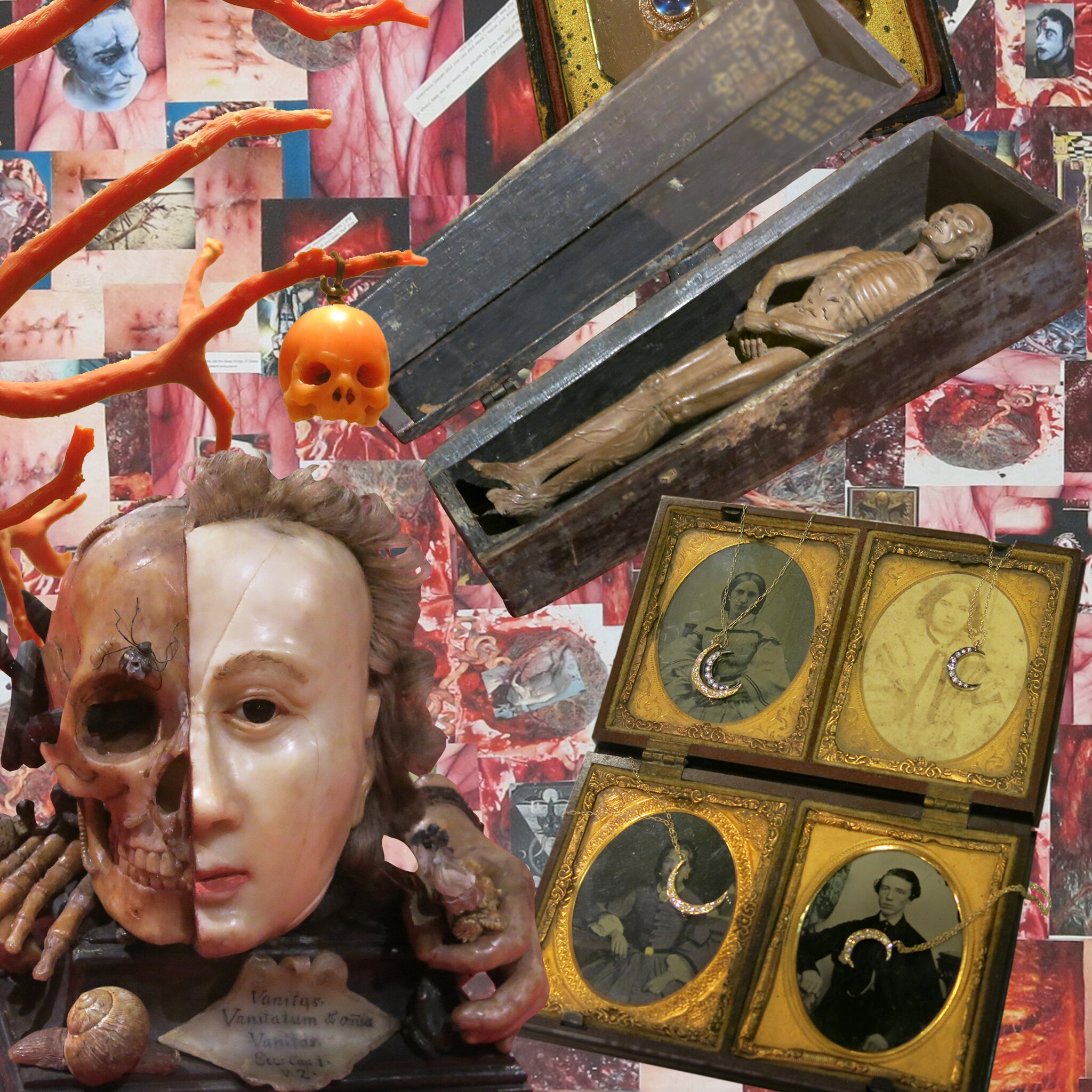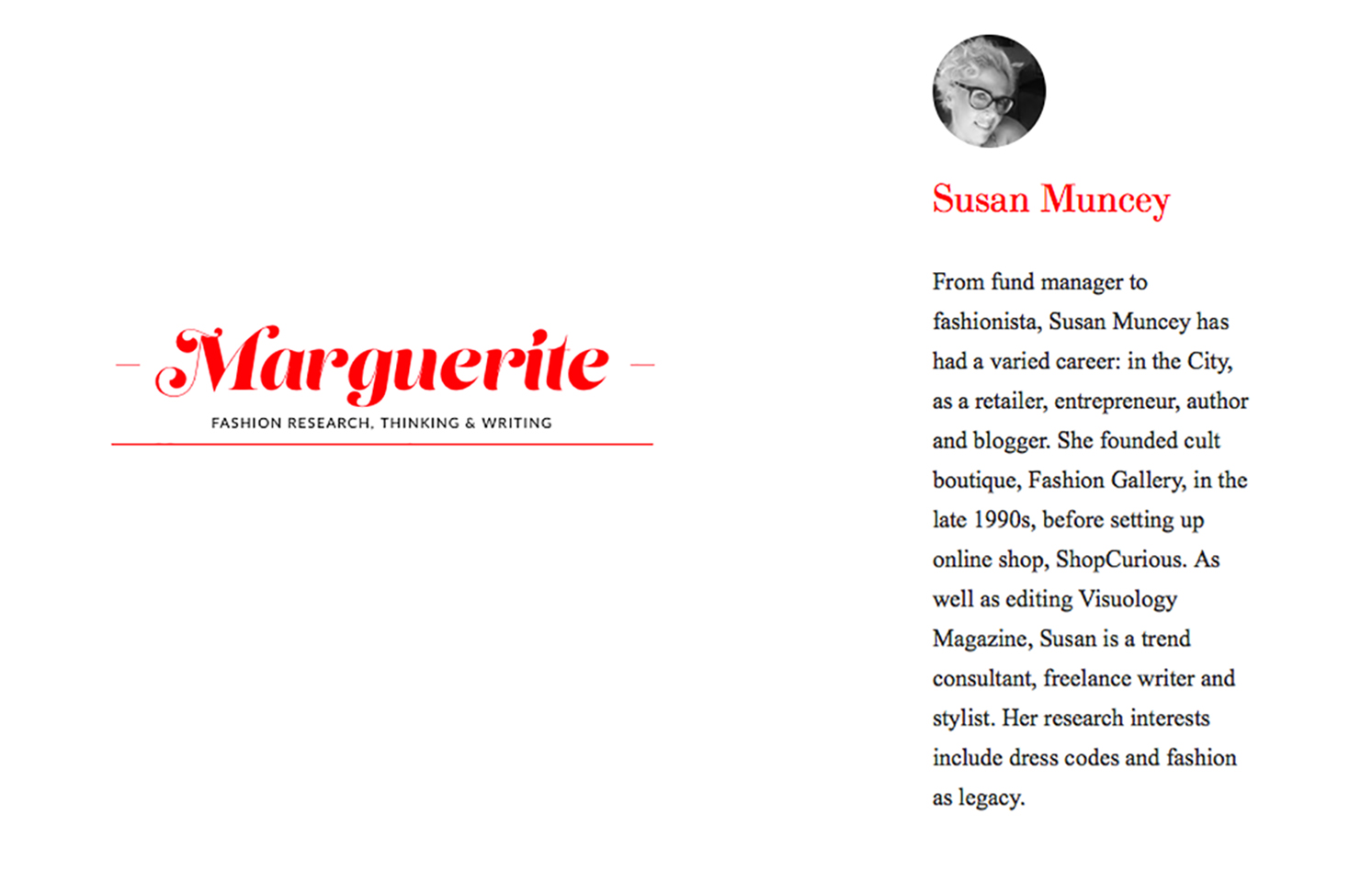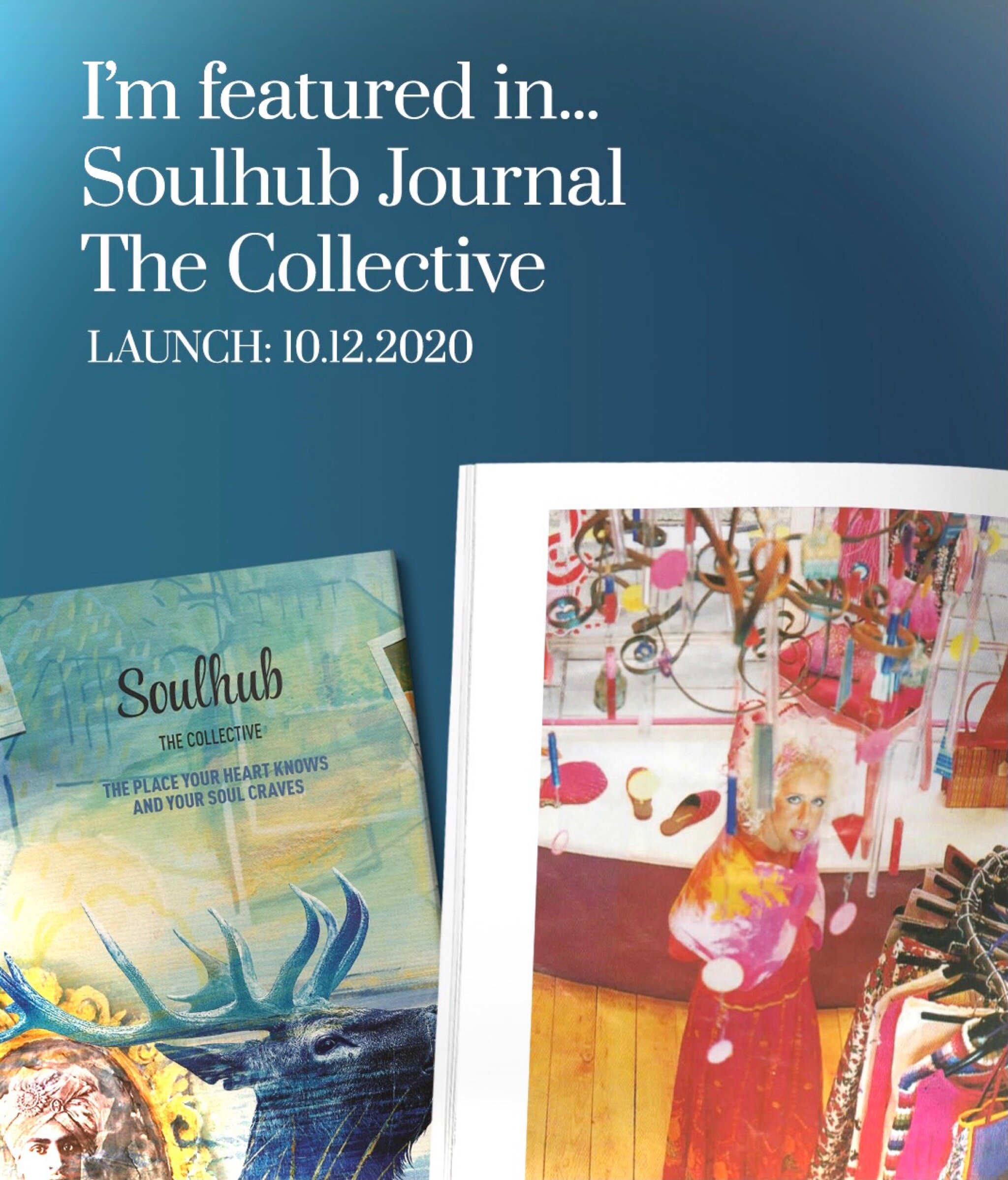WRITING AND EDITING
examples of published work and editing experience
sustainability and trends
values, wellbeing and entertainment: the enduring power of dress codes
Dress codes of the future will not just relate to power, status, identity and communication, but will also be inextricably tied up with mathematical code, algorithms and data. Dress codes may even develop their own form of agency, catapulting the power of digital code and artificial intelligence over human choices of dress and self-expression.
Mourning rituals and digital memorials in the era of coronavirus
VISUOLOGY
Editor and writer on sustainable style, handcrafted design and slow lifestyle trends for Visuology Magazine. As founder of Visuology, created a glossy print magazine, and for several issues completed every aspect of the production single-handedly, including photography, mood boards, interviews, articles, the layout and printing of the journal. Later recruited and worked with a team including a graphic designer, and additional writers (see below)
fashion, film and culture
the protagonist magazine
950 word article for website
goldie magazine
800 word article for Issue 4
MARGUErite
Contributor and Commissioning Editor at www.margueritedeponty.com, the ‘fashion research, thinking and writing’ website of London College of Fashion’s MA Fashion Cultures course.
shopcurious
Editor-in-chief and writer on fashion, trends and style for online curiosity shop.
Introspection and Identity in Fashion - article from December 2010
“The academic study of fashion is relatively young and we have a lot of ground to cover if we are to convince consumer society that fashion is more than a bulging wardrobe,” says visual artist Lucy Orta. Orta is also Professor of Art, Fashion and the Environment at the London College of Fashion and one of the curators of the latest exhibition, GSK Contemporary – Aware: Fashion Art Identity at The Royal Academy of Arts, 6 Burlington Gardens in London. The show presents fashion that’s not actually fashion, but art - and, as such, is deemed worthy of serious critical analysis and philosophical contemplation. Curiously unwearable catwalk creations seem no longer enough, as collecting becomes more fashionable than fashion itself, giving rise to a new breed of fashion-art aficionado and collector.
Fashion has become polarised between - at one extreme, practical everyday clothing, together with cheaply made, trend-led copycat designer wear – and at the other, couture designed creations and fantastical pieces of arty, hand crafted opulence that are never meant to be worn. Yohji Yamamoto wants to “regain respect for clothing.” He feels that merchandising and advertising have become too powerful and dominant in the past few years, and we’ve become too obsessed by trends. Yohji is in favour of “timeless elegance” and wants fashion to, “wait a moment, slow down,” because if things are so accelerated, we don’t have time to think about them. His sculptural, wooden dress is like a piece of architecture… as the world becomes increasingly mobile, “we tend to carry our houses with us.”
Yamamoto’s feelings reflect those currently permeating the creative world. As everything around us changes rapidly, there’s a lot of introspection going on. What is our point of reference, how do we define our identity? Generally, our identity is a product of our family and the place we grew up, together with friends and experiences we have as we travel through life from location to location. In essence, our identity is a product of our psychogeography. And this goes for our clothing too, as explained by independent curator of this exhibition, Gabi Scardi: "We tend to choose our clothes personally and with care, so they are comfortable and define our tastes and habits as we would wish to be defined. We choose things with which we can establish a profound relationship, in order to convey to others those features we have in common and those that are distinctive to us alone. Because clothing is intimate and individual it can give information about cultures and people."
Waters that Tie/Waters that Untie by Handan Borutecene consists of a gown with a series of photographs that symbolize a ‘diplomatic’ tourist journey made by the garment along the shores of the Mediterranean. The long, green silk dress, inspired by the fashions of the Byzantine court is encrusted with original fragments of Byzantine pottery, along with photo-souvenirs. The work is based on Borutecene’s own memories, ideas, tastes and dreams of history, culture and identity. Even more literal, Maja Bajevic’s work, Dressed Up, is inspired by the emotions she felt on losing her national identity when she was forced into involuntary exile from war in Sarajevo. She is filmed cutting a piece of fabric on which a map of former Yugoslavia is printed, before sewing the pieces into a dress and wearing it.
Our clothing is also a product of our group psychogeography and interaction through our communications with others. Joanne Entwistle is a Senior Research Fellow at the London College of Fashion, whose areas of expertise include the sociology of fashion, cultural economy, retail geography and fashion buying. In her opinion, “we are not atomised individuals, but members of communities, and clothing signals our belonging.” This simple fact inspires a wealth of academic interest, often focusing attention on clothing in relation to status. Early writers on fashion and dress, like sociologists Thorstein Veblen and Georg Simmel, attempted to explain the ways in which clothes might signify membership to identifiable classes or communities. Veblen argued that status competition demanded women to become ‘exquisite slaves’ and wear the most elaborate fashions of the day. We signal that we belong by wearing the dominant fashions of the day and thus look similar to our contemporaries, but we want to be seen as individuals as well. Yet clothing is a product of class and class struggles too. According to Veblen, “Fashions of the upper stratum of society are never identical with those of the lower; in fact they are abandoned by the former as soon as the latter prepares to appropriate them.” Although fashion may start out being worn by an elite minority to assert their difference, this difference diminishes as fashions get widely adopted and thus the fashionable set move on to another style.
Yinka Shonibare MBE also sees fashion as an expression of class and power, within an historical and geographical context. His installations are often based on 18th and 19th century paintings, when slavery was at its height. He uses wax-printed ‘African’ fabrics called batiks, which originated in Indonesia, but until recently were largely made in the Netherlands and Germany for export to African markets. His work is a comment on colonialism and exploitative relationships as well as the superficiality and fickleness of culture.
See the fashion-art of introspection and identity at GSK Contemporary – Aware: Art Fashion Identity at the Royal Academy of Arts from 2 December 2010 to 30 January 2011.
memoir and wellbeing
article for soulhub journal issue 6
To say I had a mid-life crisis would be an understatement. The urgent need to search for an elusive something wanting in my life was perhaps a response to missing out on the process of motherhood that preoccupies so many of the middle years of most women’s lives. Yet life was far from empty. After a fast-paced City career as an investment manager and headhunter, in 1997 I’d impulsively opened a fashion boutique, which by 1999 was attracting a celebrity clientele and getting me noticed in the national press…
Read about ‘My Journey of Self Discovery’ at Soulhub Journal.
Rummaging through some old ephemera, I stumbled upon this photograph, which must have been taken around 1970. I am in a dodgem car, covered in sand, with hair still wet – oddly, wearing what looks like school uniform: I had probably grown out of everything else - including the dodgem car, by the looks of it. Memories came flooding back.
From the moment the chimney of South Denes power station emerged above the pancake-flat Norfolk Broads as the train circled the vast expanse of Breydon Water, I became transfixed by the ever-growing monolith. My grandmother’s house seemed almost within touching distance. I would soon be back in her 1930s world of berries (for jam making), bottles (for pickling), and buckets (for keeping live eels) - and, grinning ear to ear, I could barely contain my excitement.
goldie magazine
800 word article for Issue 5
article for soulhub.co.uk
Writer for Soulhub blog













